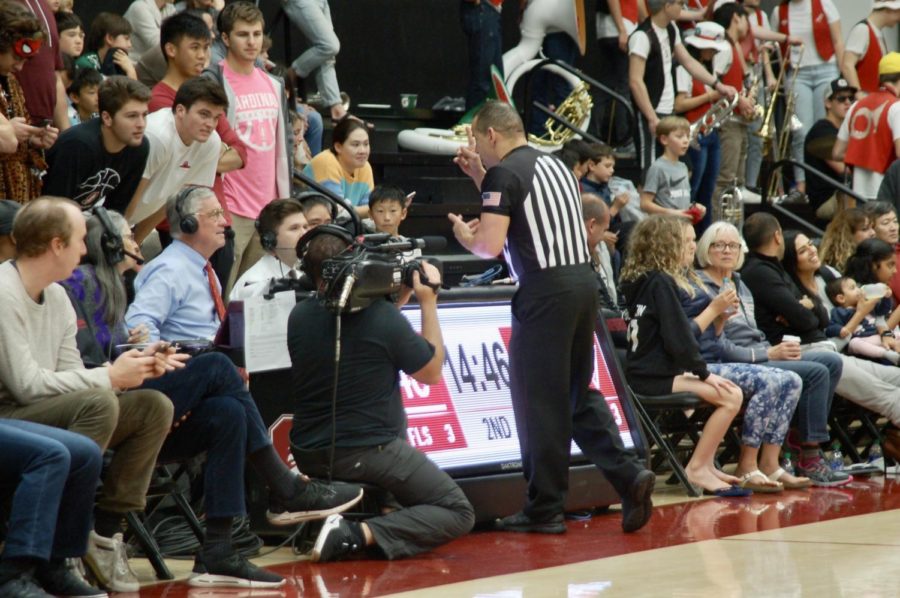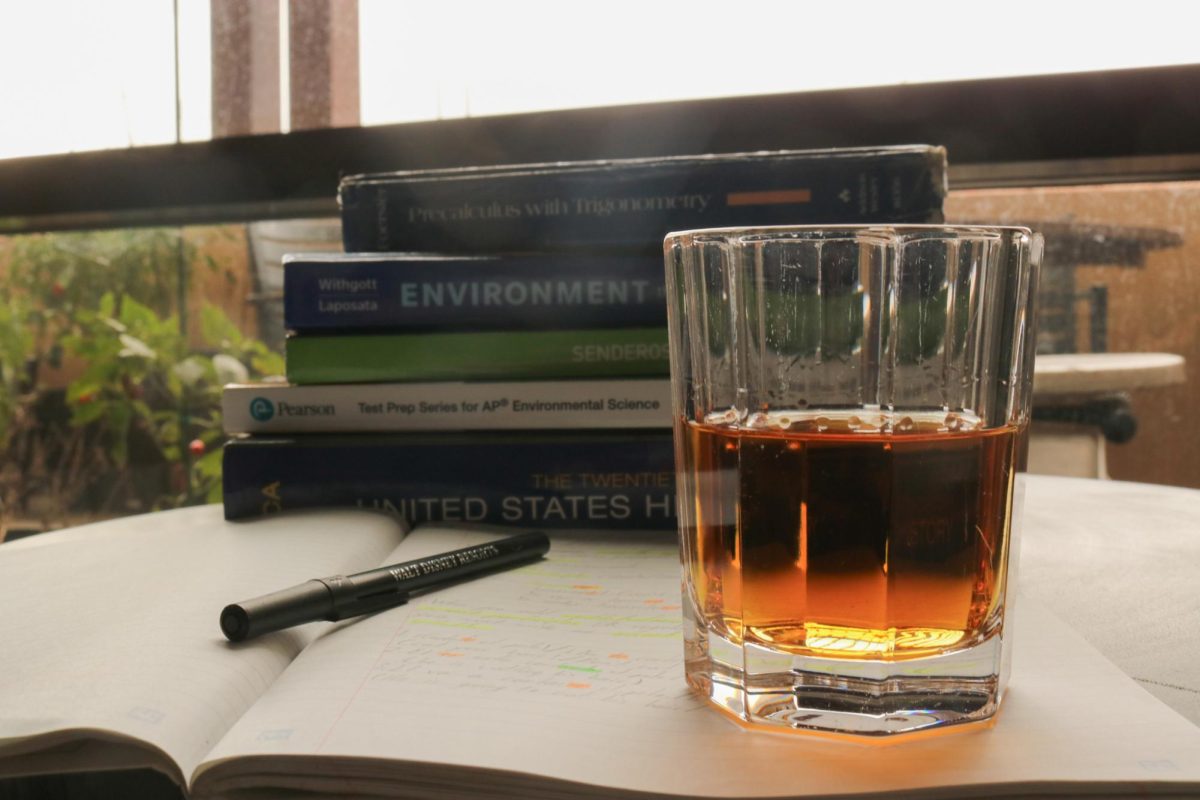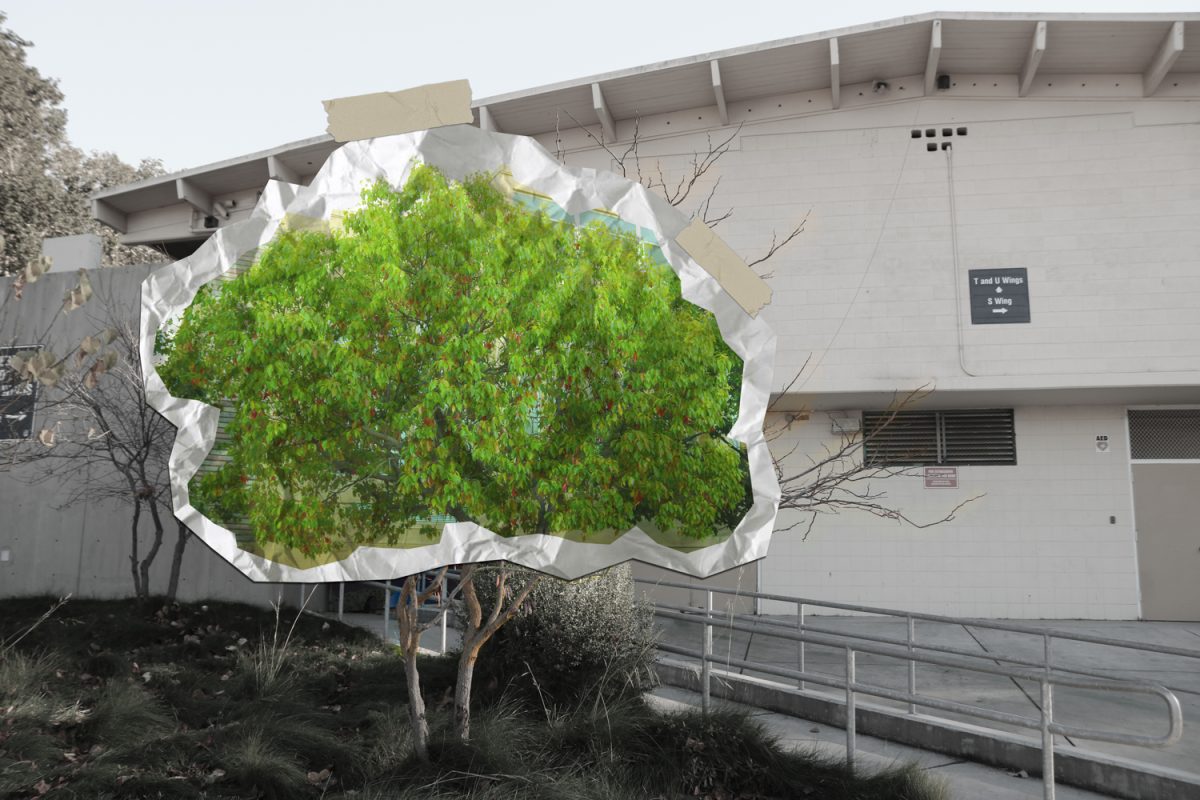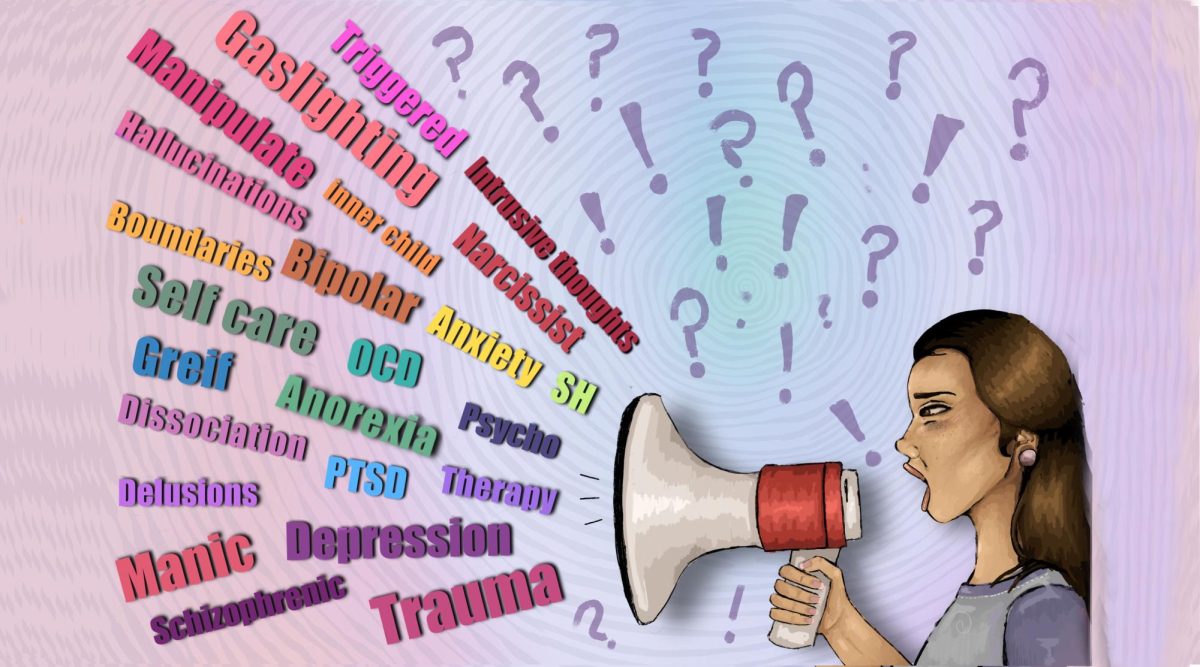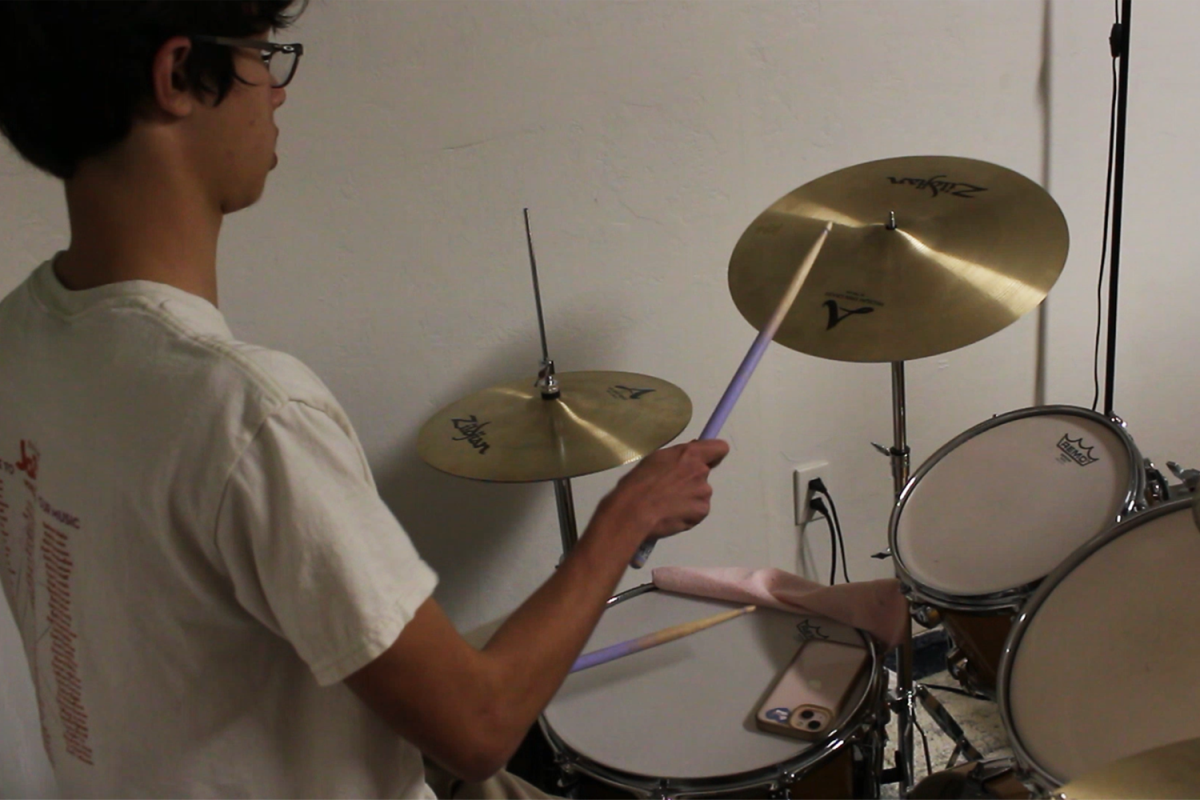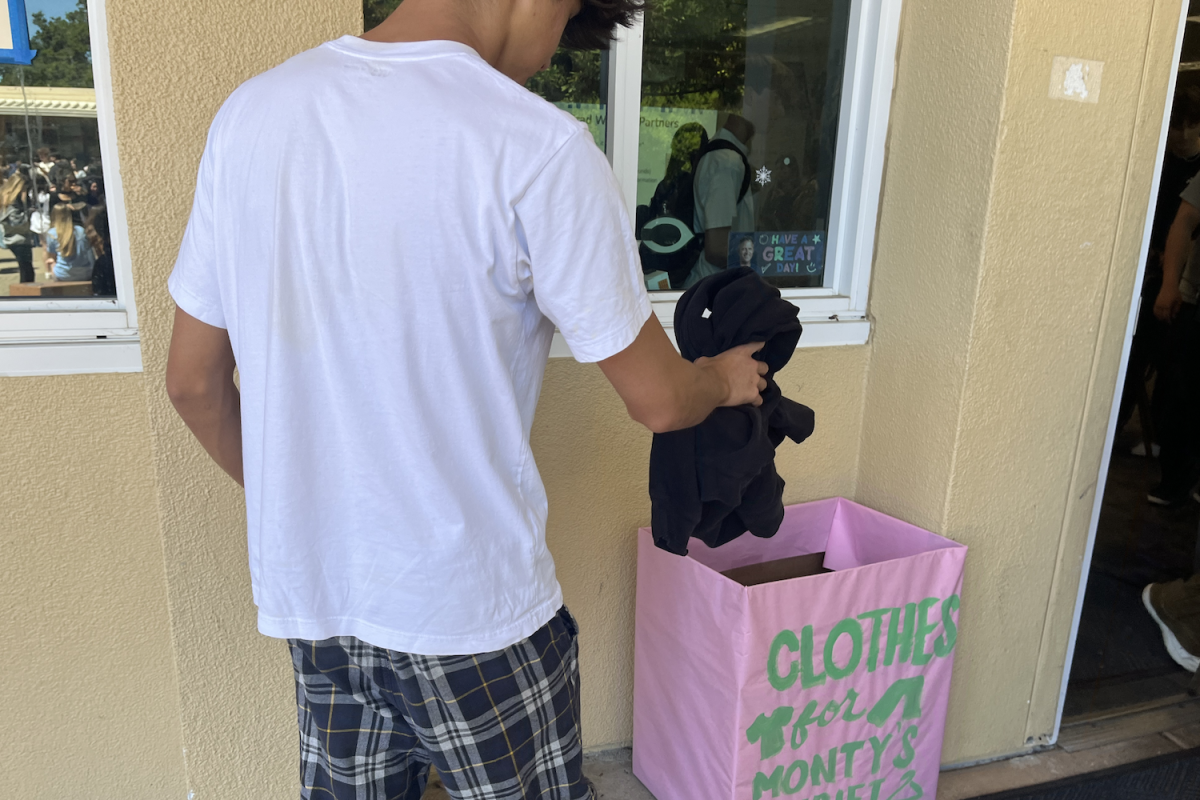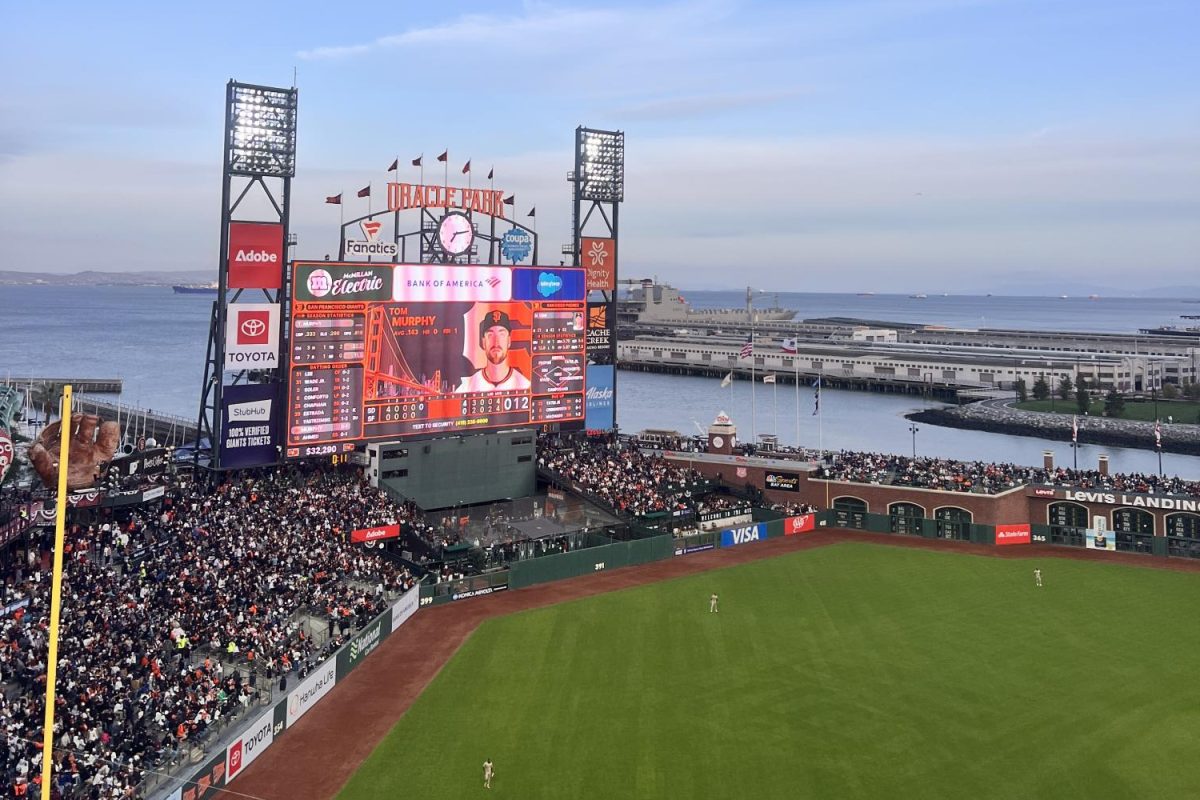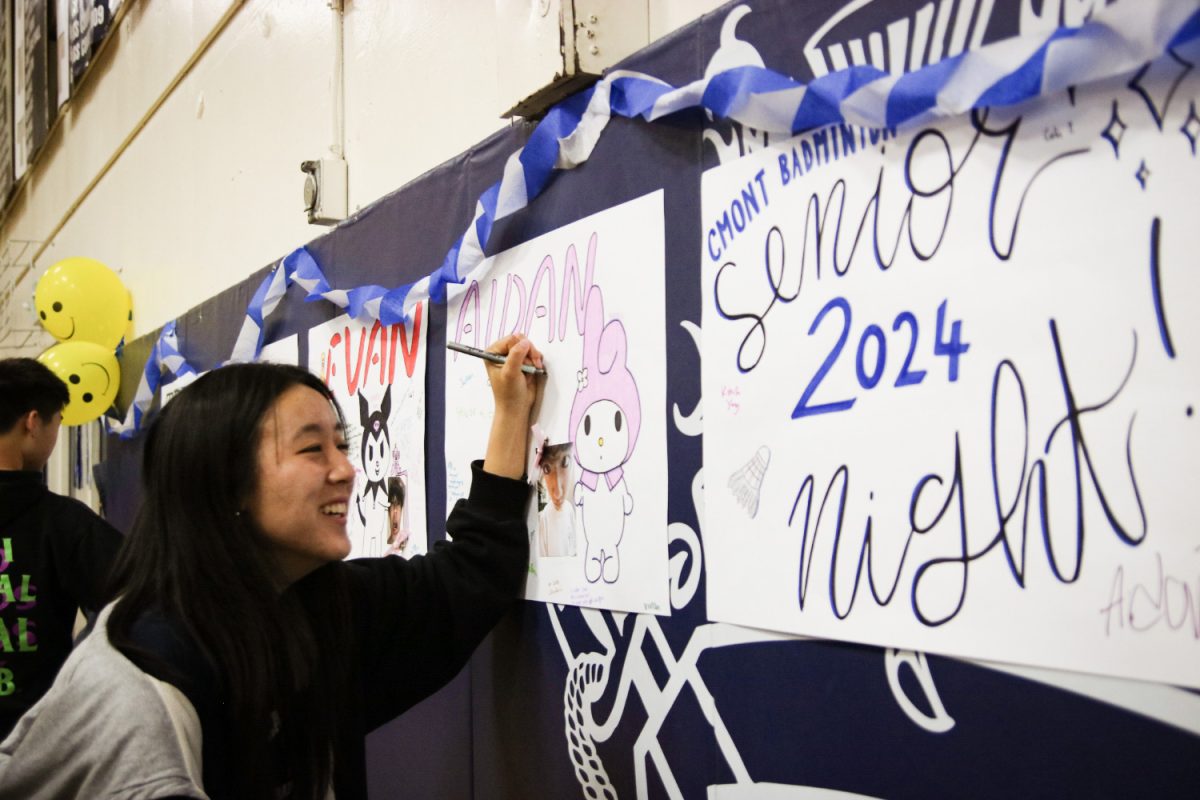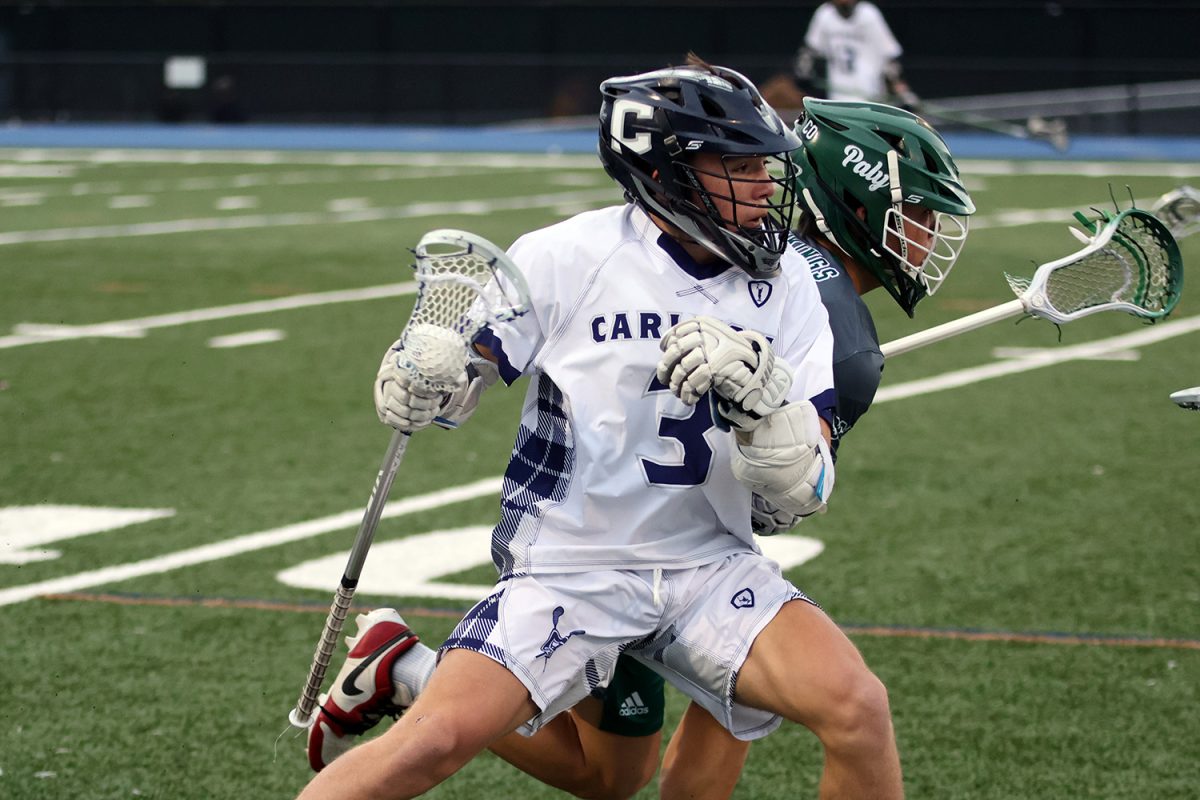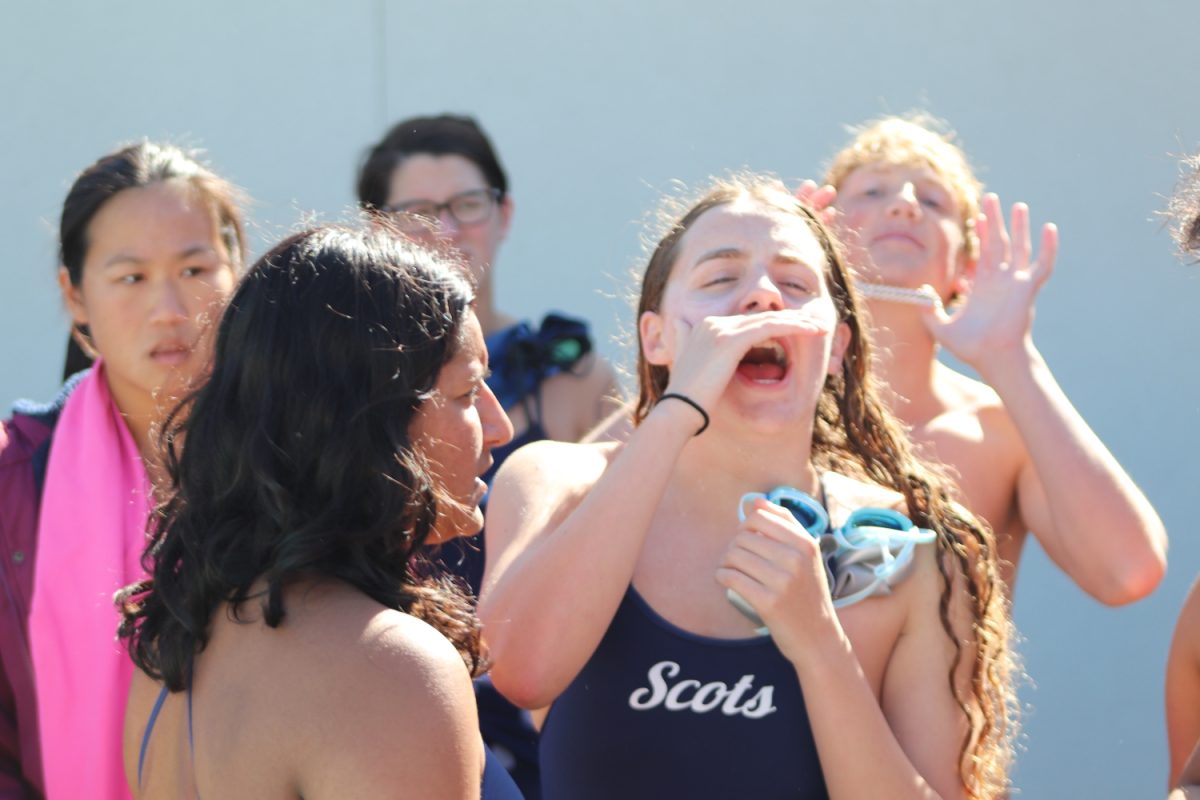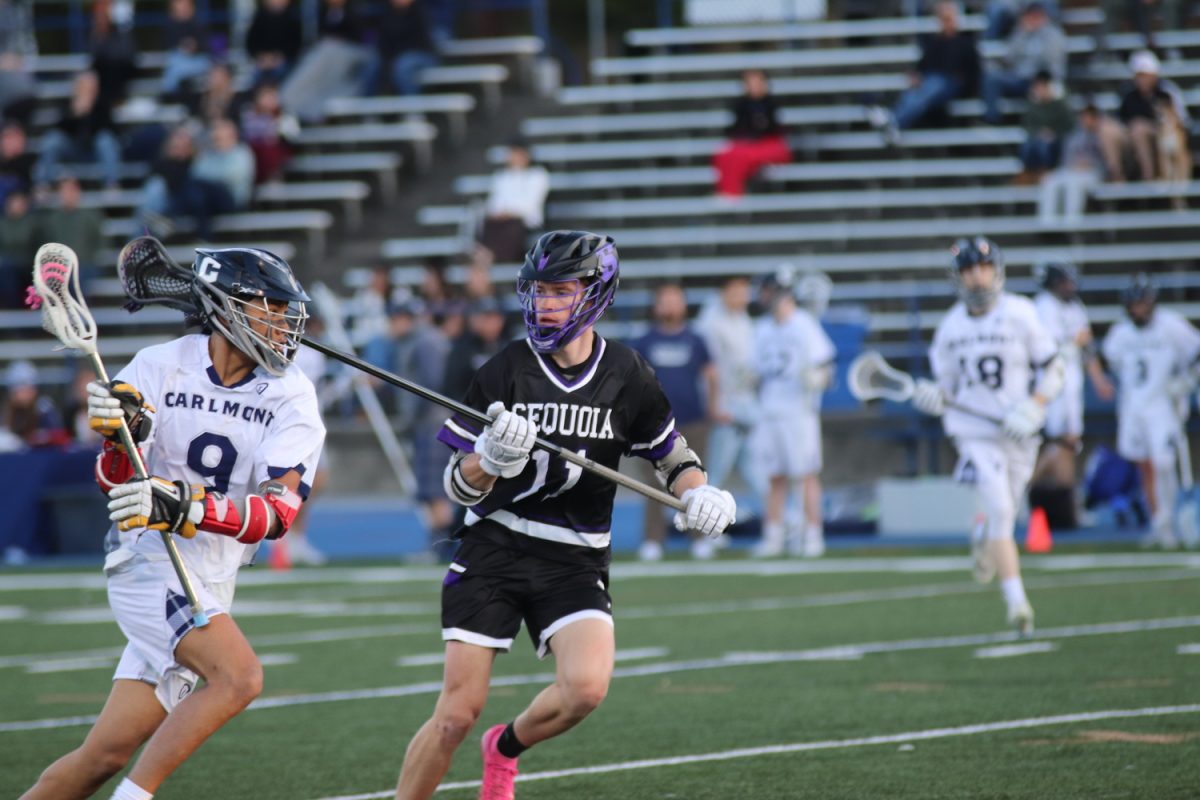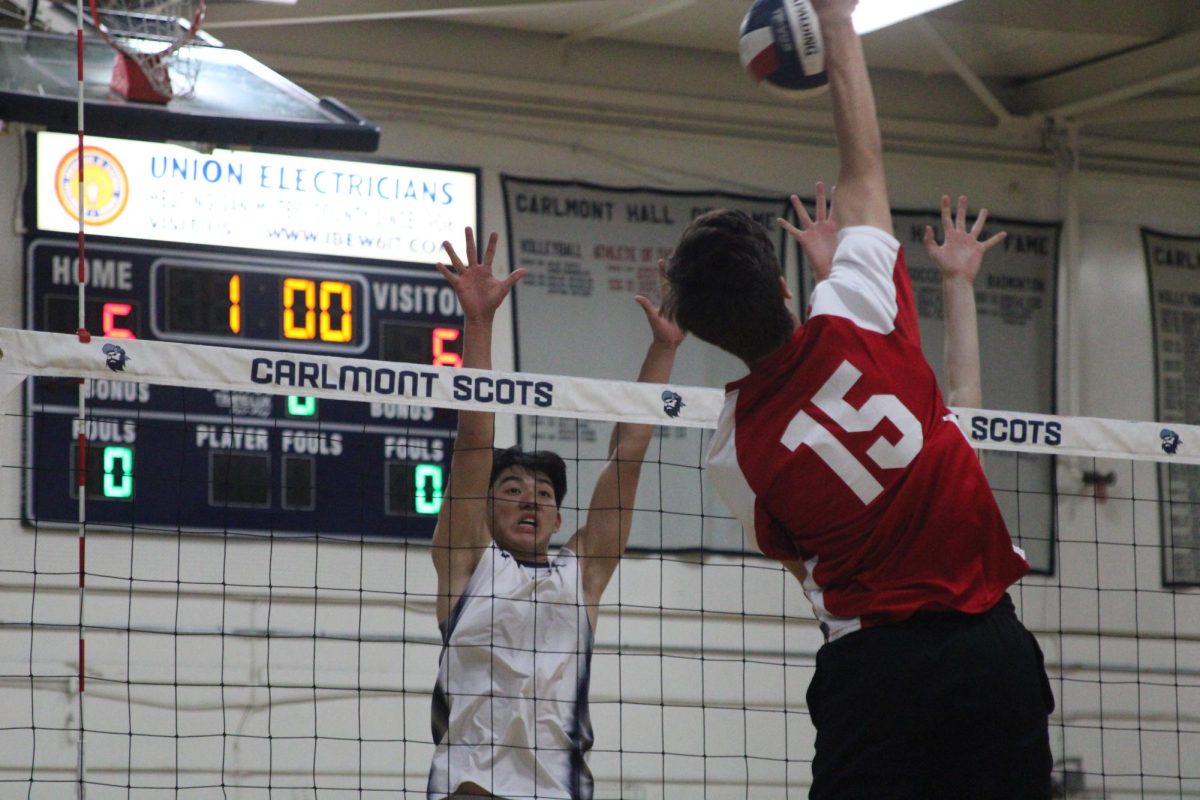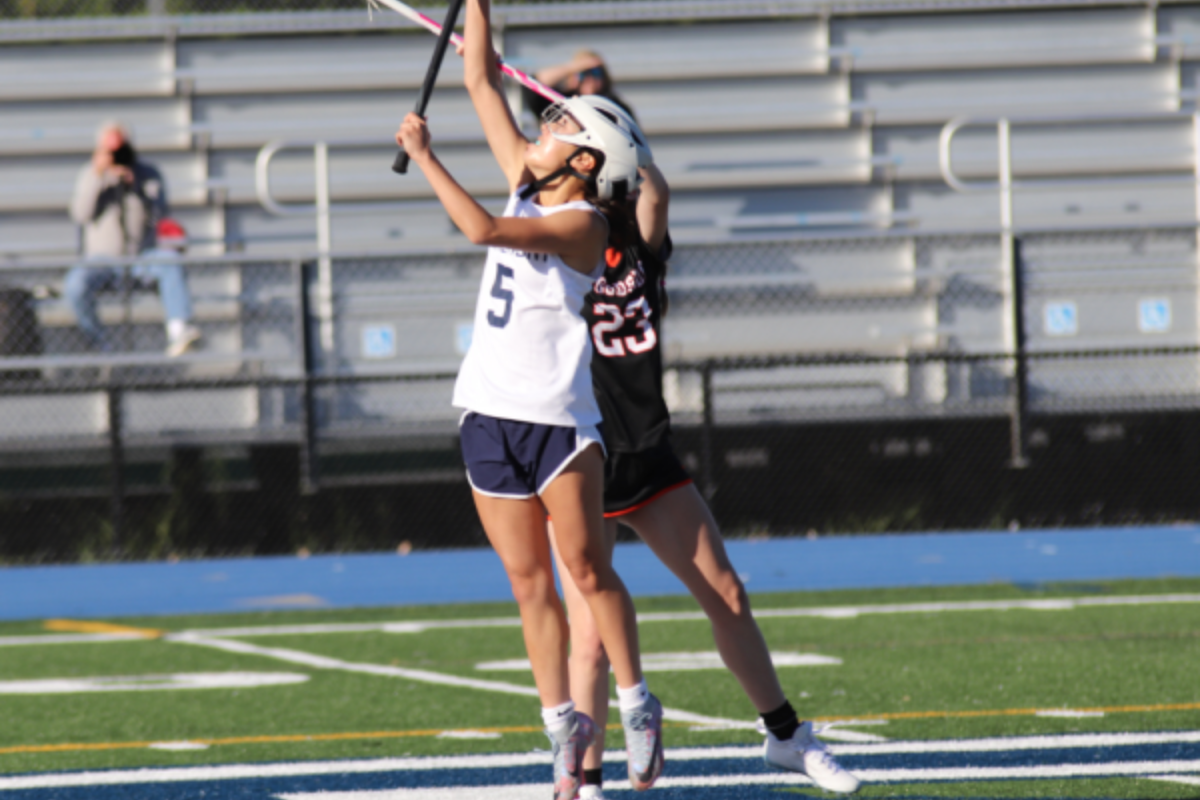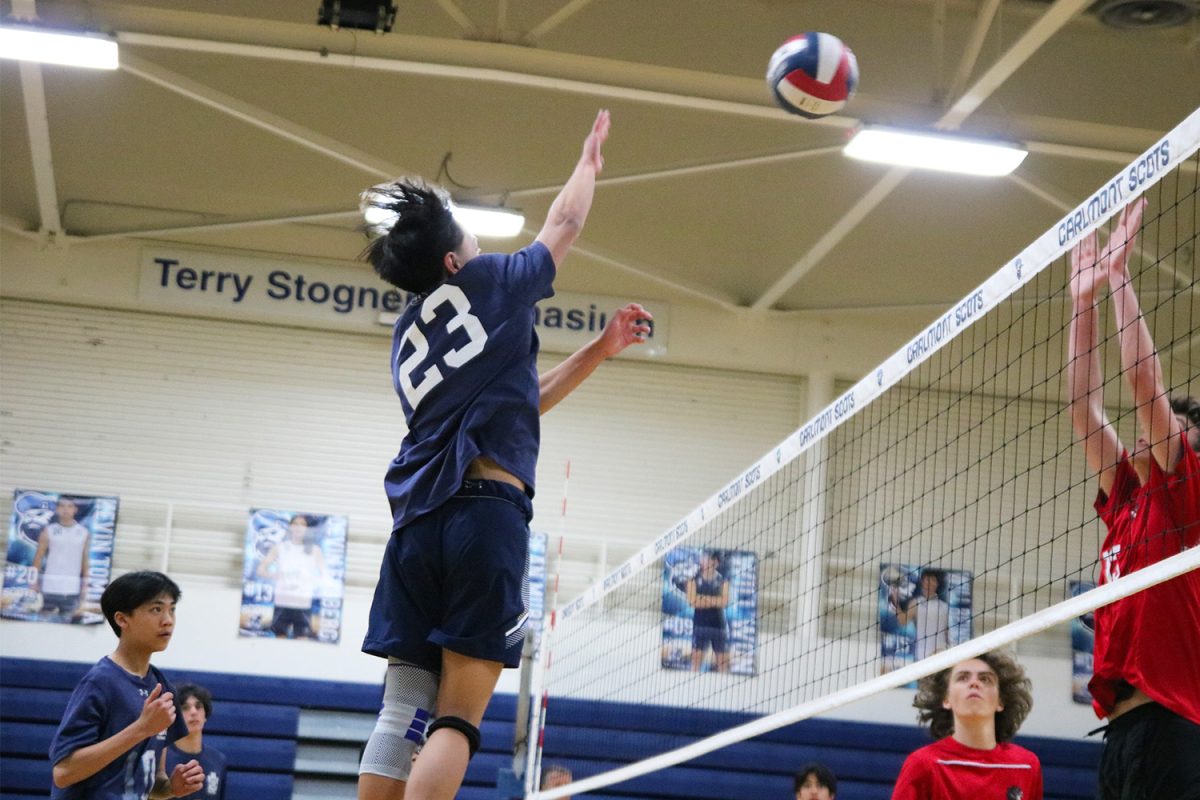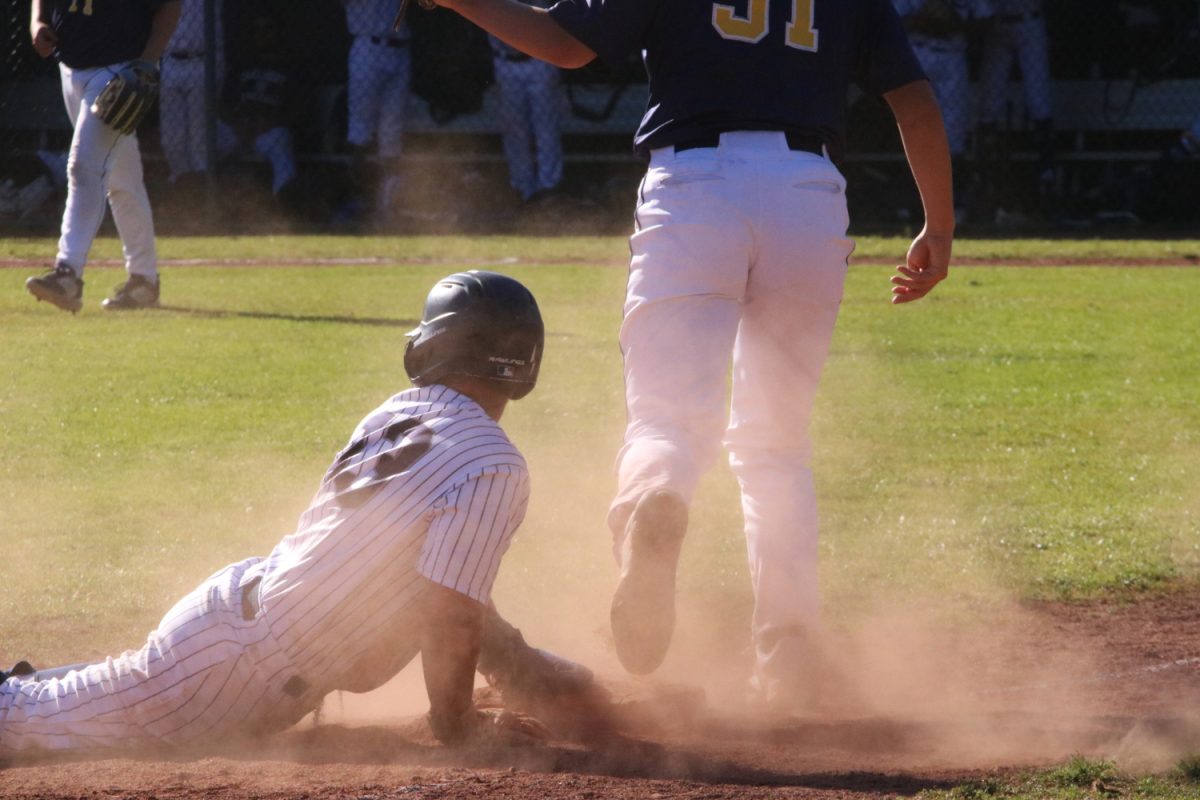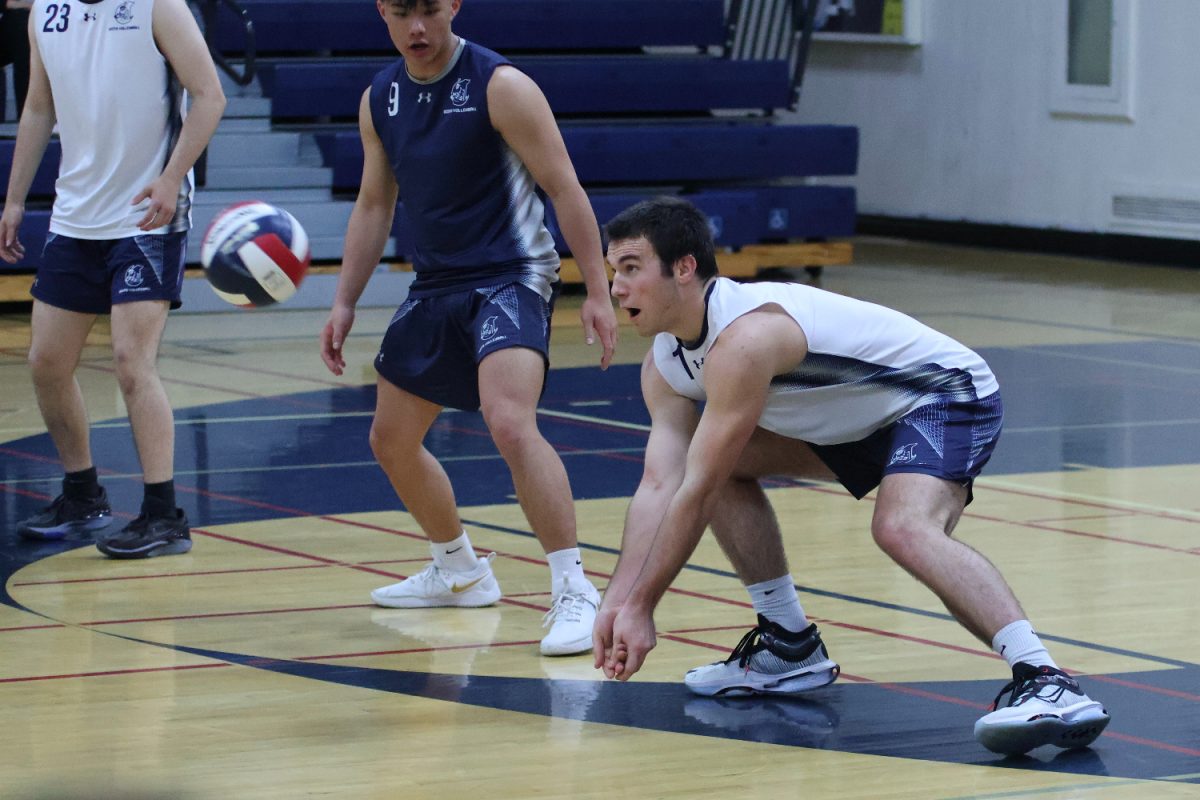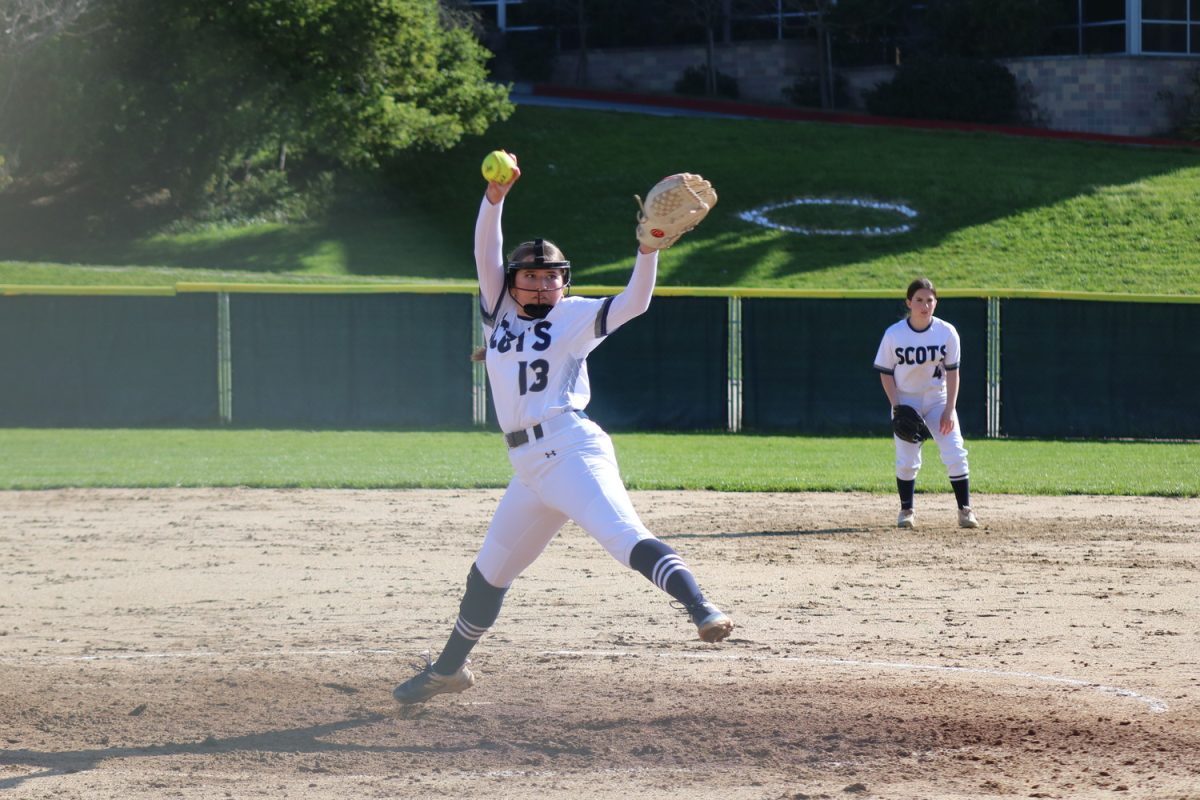Both teams are a touchdown away from winning the National Football Conference (NFC) Championship.
With two minutes left, Saints quarterback Drew Brees throws a spiral to teammate Tommylee Lewis, just yards from the end zone. From Lewis’ right comes Rams cornerback Nickell Robey-Coleman, knocking the ball from his hands.
All waited in silence for the referee’s whistle blow. After a blatant pass interference, no call was made, costing the New Orleans Saints a chance to play in the Super Bowl. Not only did this anger the Saints, but football fans were infuriated that such a costly yet apparent mistake could end a team’s season.
In response to the controversy, the NFL adjusted its rules regarding replay review, which shows a play from multiple angles and makes it easier to identify controversial calls.
Like the NFL, many sports are still settling into the use of replay review and other technology-related systems. These changes have created a variety of responses among players, coaches, and fans.
While the technology has proved itself to be effective, it is yet to assert its necessity, angering many with the extent to which it has been used.
The history of replay review
After years of tests and adjustments, replay review made its formal debut in 1985, when the NFL began using the review system in preseason games. With positive results, they decided to try it in the playoffs that season.
Before the 1986 season, the league owners voted and replay review joined the regular season. However, the NFL went on to endure the problems of this system.
Based on data by NFL football operations, 15.7% of reviewed plays were reversed over the six years of use. With such a small percentage, the league felt replay review was unnecessary for the amount of time it took and did not pass the yearly vote for the 1991 season. But, the system had not made its final appearance.
In 1996, the NFL tightened the screws on the system. If a coach disagreed with a referee’s call, they would have an opportunity to review it. Referees then had 90 seconds to review the play and make the official call. Each team had three reviews per half.
Even with this new rule, replay review did not pass the vote.
However, with further adjustments, the system returned to the NFL in 1999. Since then, it has expanded across all sports in various forms and continues to develop to this day.
The Goal of VAR System
In 2010, the world saw the handball that eliminated Ireland from qualifying in the FIFA World Cup.
Twelve minutes into overtime, Florent Malouda took a free kick for France, passing the ball up the field to Thierry Henry. As the ball went out of bounds, Henry reached his arm out to stop it and pass to William Gallas, who then scored the goal.
With no handball called, France took the lead and eliminated Ireland from the World Cup qualification.
FIFA then realized they needed to keep its referees from making such significant mistakes. From that moment on, FIFA had to enforce the VAR into soccer.
Virtual Assistant Referee (VAR) is a match official that helps review questionable calls. With video footage from the VAR headquarters, the referees can be alerted if any call was missed. Typically, it is used in game-changing situations like mistaken identity, penalty decisions, goals, and direct red card situations.
The Netherlands first introduced it during the 2012-13 season of their top league, Eredivisie, to see if the system had a chance to reach the big leagues. After some testing, it was determined to be successful and entered several FIFA tournaments and top leagues around the world like those of Spain, England, Italy, Germany, and France.
In 2018, VAR finally reached the biggest stage: the FIFA World Cup in Russia. There, it helped referees make decisions on 11 out of 29 penalty kicks and overturned 17 calls, according to Engadget. However, it picked up negative responses when the referees refused to use it when needed.
While the system worked effectively, the inconsistency spurred differing opinions on whether it was beneficial to soccer or slowed it down in the long run.
“Personally, I don’t like [VAR],” said Ryan Yang, a sophomore on Carlmont’s boys varsity soccer team. “It ruins the flow of the game, and it seems like it’s trying to catch every single mistake. That’s not the way a ‘thrilling’ game should necessarily be.”
Like Yang, few are fond of the system, and many with such an opinion have banded together to attract a Twitter following. Nonetheless, soccer is very popular across the world, and not everyone has given up on VAR yet.
“If the officials can utilize the system efficiently, I think it can potentially help the game,” Yang said.
In the end, with more practice and patience, VAR has the potential to help catch mistakes or see things that wouldn’t be seen on the field by a standard referee on the field.
Basketball gives replay review a shot
After the 2001 playoffs, the NBA finally realized their need for an instant review system.
Errors were so evident by the referees that Ray Allen, a shooting guard on the Milwaukee Bucks, accused the NBA of paying the referees to make calls in favor of the Philadelphia 76ers in their series against the Bucks. To prevent further accusations, the NBA inputted the replay review system the following year.
Initially, its purpose was to check shots and fouls. As of 2019, most plays are subject to review if the referee feels it is necessary.
Replay review has not only developed its frequency but has also expanded beyond professional leagues. The NCAA began using the instant review system in their basketball league; however, the system did not go over well with fans.
It began when Virginia faced Auburn in the NCAA semi-finals. With less than two seconds on the clock, Virginia was losing by two points. Virginia’s Ty Gerome passed the ball in-bound to Kyle Guy, the point guard. Guy stepped back behind the three-point line and took the game-deciding shot.
A whistle blew as the buzzer went off. The ball bounced off the rim. Auburn coach Bruce Pearl stood up and yelled at the referees. Guy was fouled by Auburn guard Samir Doughty during his shot.
Guy received three free-throw shots. After making all three, Virginia took the lead 63-62 and won the game in seconds.
Auburn was furious that a call so monumental could be made with half a second left in the game, especially in the given situation. They felt that they had been robbed of the chance at a championship title, which was now between Virginia and Texas Tech.
After a back-and-forth game, Virginia and Texas Tech were tied 68-68 entering overtime.
With a minute and 10 seconds left, Texas Tech’s Davide Moretti raced across the court after the ball until Virginia’s De’Andre Hunter knocked the ball out of his hand and off the court. Texas Tech was given possession of the ball, a pretty easy call by the referees. However, in such an important game, they decided to check to be sure.
“I don’t think either team expected a review,” Andrew Sorrells, a shooting guard on Texas Tech said. “I think most people just assumed Virginia hit the ball out.”
After the review, the referees reversed the call and give the ball to Virginia with just over a minute left. With Texas Tech down two points, they lost their chance at tying the game.
“Virginia being given possession was a huge blow at that point in the game,” Sorrells said.
Once again, Virginia would be able to squeeze out a win with the luck of a close call. Yet again, the opposing team was furious.
Texas Tech felt the situation was much too minimal to change. When the ball had been hit, it brushed the fingertip of Moretti, taking the review to its extent. Such a small thing was difficult to see even in a replay review, but the referees had just enough camera angles to reverse the call.
In retrospect, both calls were correct. So why were people angry?
Any call against their team angers people, but what frustrates them is the need for perfection. In situations where the plays would typically be left alone, the referees make sure the correct calls are made to ensure the accuracy of the outcome of the game.
For some, accuracy is more important than preserving a human element.
“Replay review allows for the right calls to be made, making the game fairer,” said Artin Ziaei, a sophomore on junior varsity basketball at Carlmont. “They have evidence right in front of them that results in them making the right call.”
I think if a team doesn’t get a call their way, they have to fight against it and get back into the game. — Artin Ziaei
Even when referees correct themselves, some fans still feel that it takes away from the game. The deciding factor is whether or not perfection is necessary.
“Some people don’t like it because it ruins the flow of the game and the excitement,” Ziaei said. “I think if a team doesn’t get a call their way, they have to fight against it and get back into the game.”
The electronic strike zone steps up to the plate
Like most sports, baseball has a replay review. Despite that, it’s less objective than calling a foul or pass interference; it’s determined by whether or not the runner reaches the base in time.
So what’s the point?
Well, baseball has balls and strikes. In simple terms, when the pitcher throws to the catcher, the umpire determines whether the ball is in the “strike zone.”
According to Major League Baseball (MLB) rules, the strike zone is “the area over the home plate from the midpoint between a batter’s shoulders and the top of the uniform pants … and a point just below the kneecap. To get a strike call, part of the ball must cross over part of the home plate while in the aforementioned area.”
Now, this is where the call can be subjective.
The umpire determines the strike zone with nothing but these general guidelines and their discretion. These calls have led to significant backlash from coaches, players, and fans.
According to a study by Mark T. Williams, 34,294 ball-strike calls were missed in 2018, or about 14 per game. With numbers like this, MLB had to do something.
In 2019, they began experimenting in the Atlantic League, an independent league signed with MLB made up of eight teams. Along with a few other additions, the electronic strike zone was introduced.
With the electronic strike zone, an umpire acts as they usually would, except they wear an earpiece telling them the correct call. Umpires no longer had the decision.
The idea was not unanimously popular to start. When finally implemented the Atlantic League, its approval was not as universal as expected.
“I wasn’t the biggest fan of the electronic strike zone,” said Daniel Fields, an outfielder for the Long Island Ducks in the Atlantic League. “I just think it was more inconsistent than MLB thought it would be.”
However, inconsistency was an expectation in its first year. It is expected to take years of trial and error before the zone ever reaches the major leagues if it lasts that long.
“I think it could be pretty effective once they figure it out with the calculations,” Fields said.
Many players and other MLB associates are hoping that some form of the zone reaches the MLB someday. Until then, they seek development to the point of satisfaction.
“I do believe some version will be in the future,” said David Washington, a teammate of Fields’ on the Ducks. “If I had to put money on it, I’d say some point in the next 10 years.”
Currently, the zone has not been as effective as hoped. The rate at which the technology has made bad calls has turned players off from the electronic strike zone.
“What I saw definitely wouldn’t be in the MLB,” Washington said. “Too many pitches were clearly miscalled. Obviously, there are times where I might think a borderline pitch was called wrong, but that’s expected. However, there were pitches the whole field could see were missed like strikes in the other batters box.”
Even with a shaky start, the league has not given up on the electronic strike zone. It will return for the next season in 2020.
“I just think it was something they wanted to try just to see if it would help,” Fields said. “They honestly want to make the game better, so they’re trying different things to see what will and won’t work.”
The future of replay review
Reflecting on replay review in each of these sports, people have seen a noticeable trend: it works. Consequently, it has settled in as a part of most sports and will most likely remain forever. But, that does not account for development, as many hope it will improve.
Currently, the goal of each sport is to be correct, but some feel it ruins the moment and does not help the games. Ultimately, the line has yet to be drawn in terms of what people prefer: perfection or human instinct.


